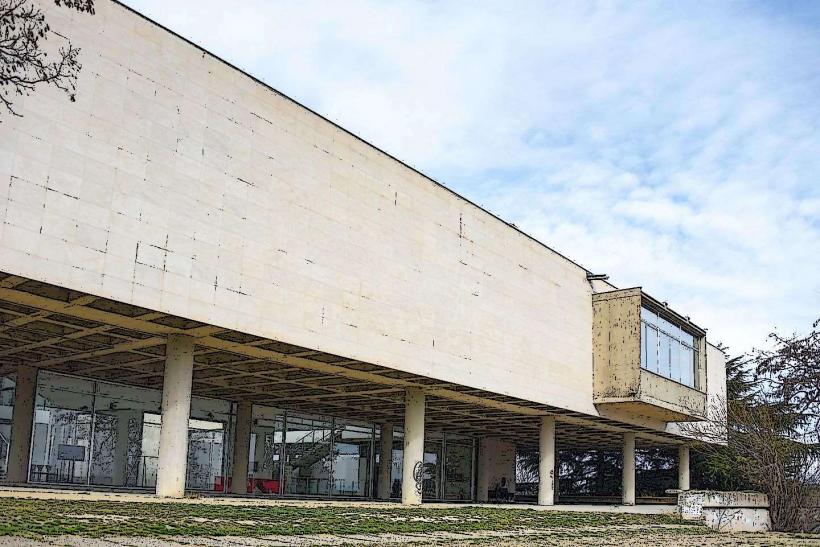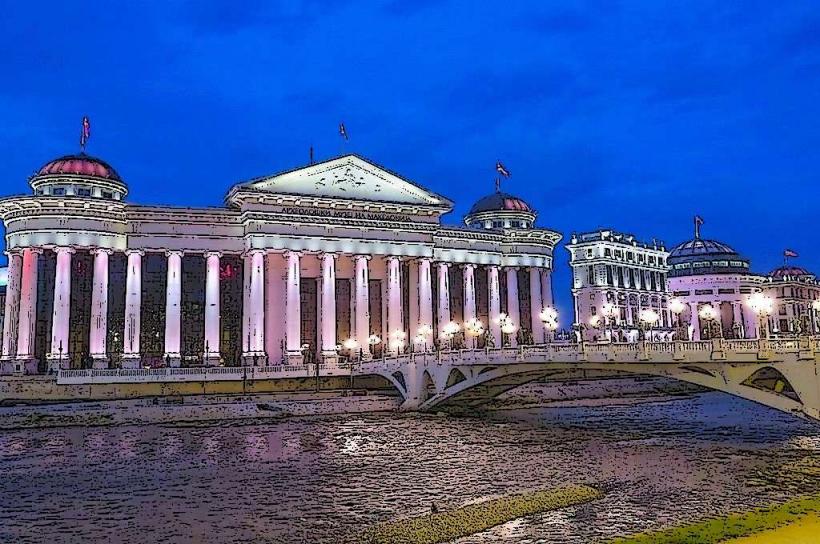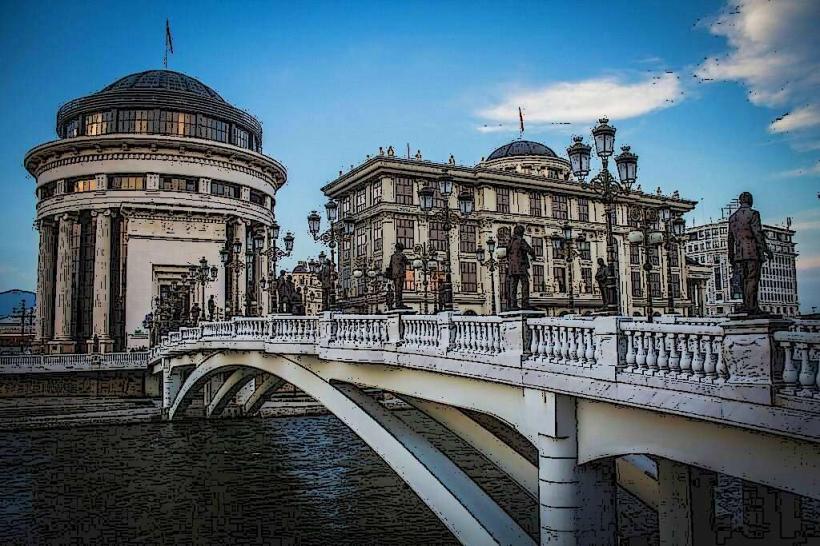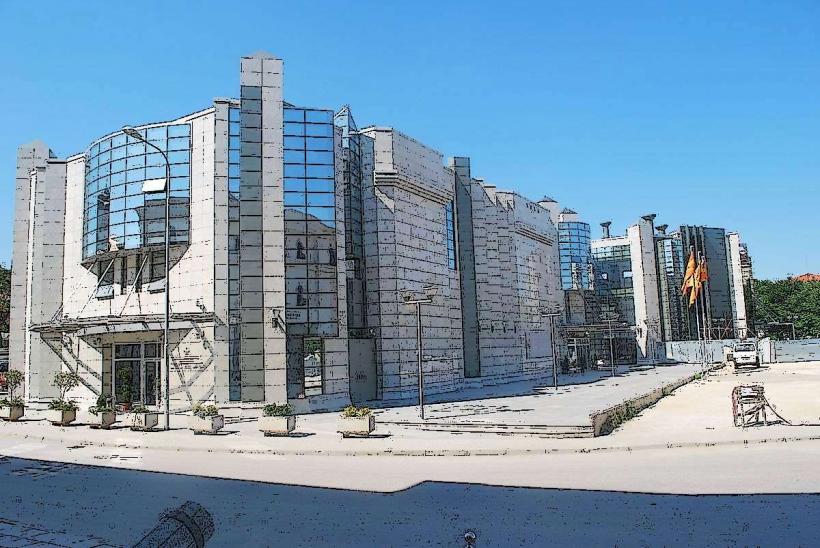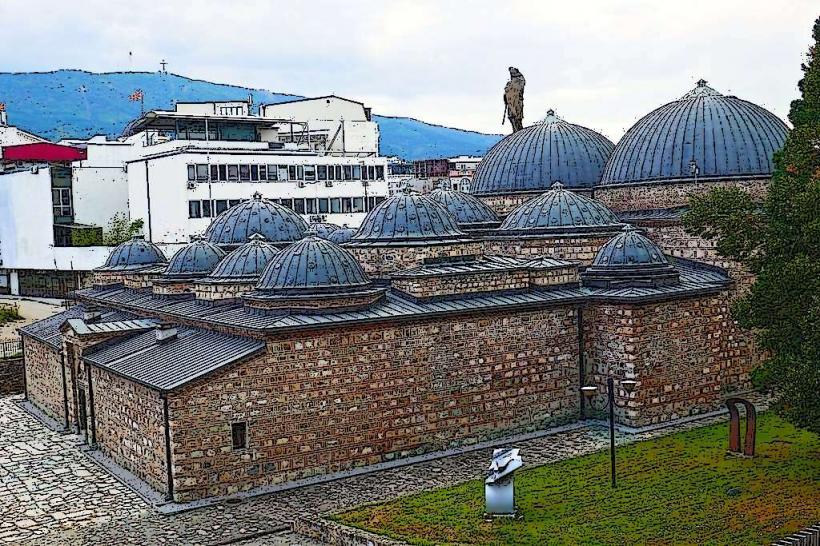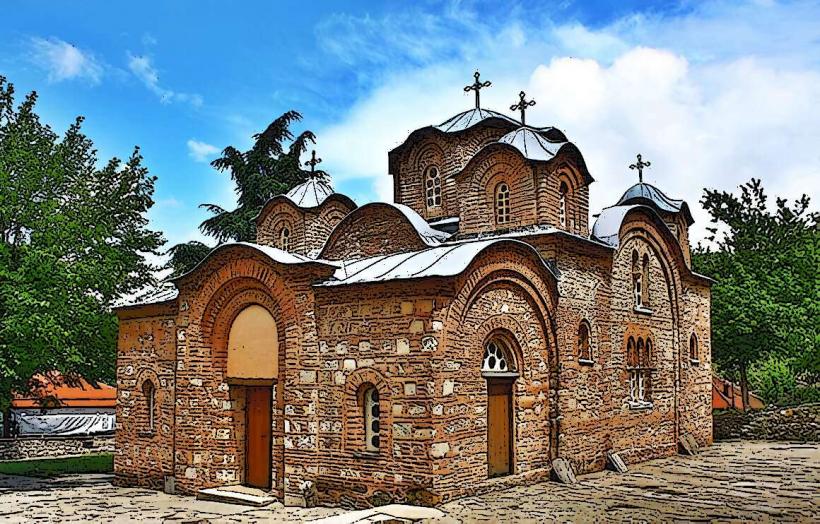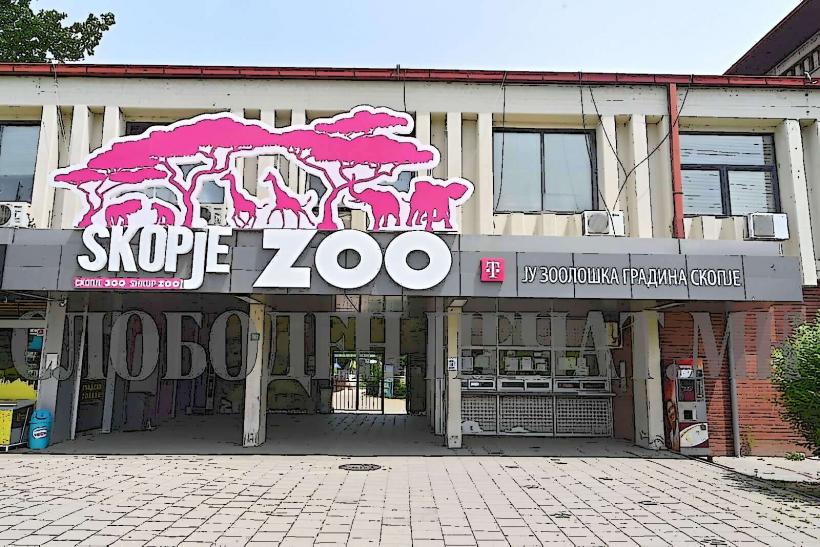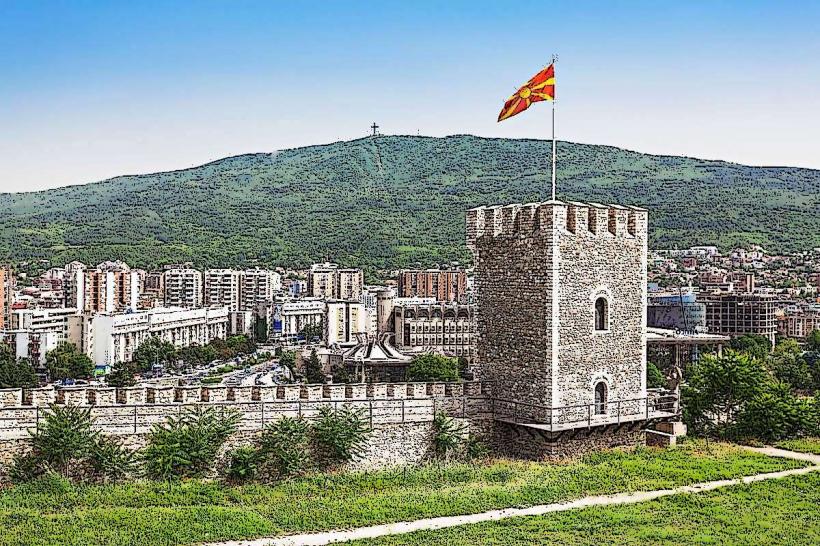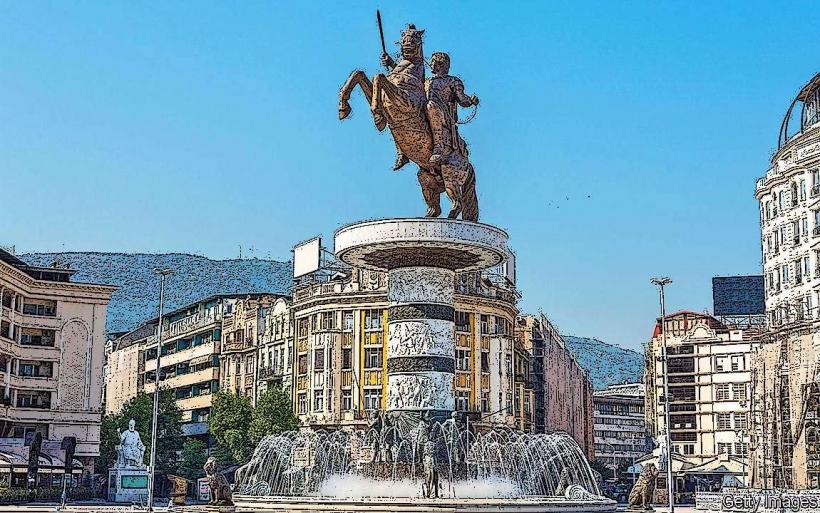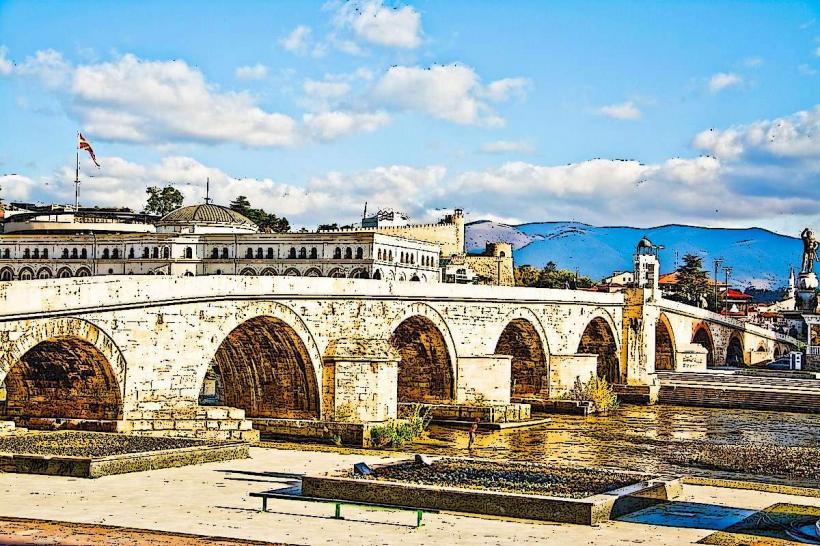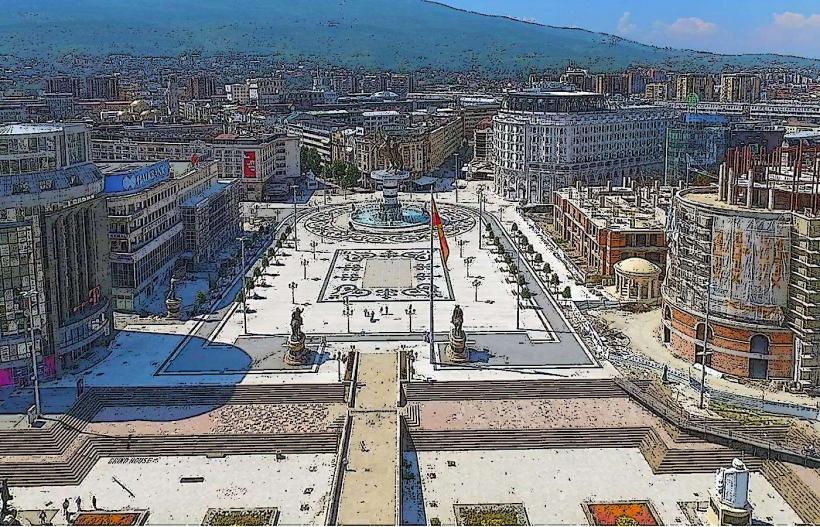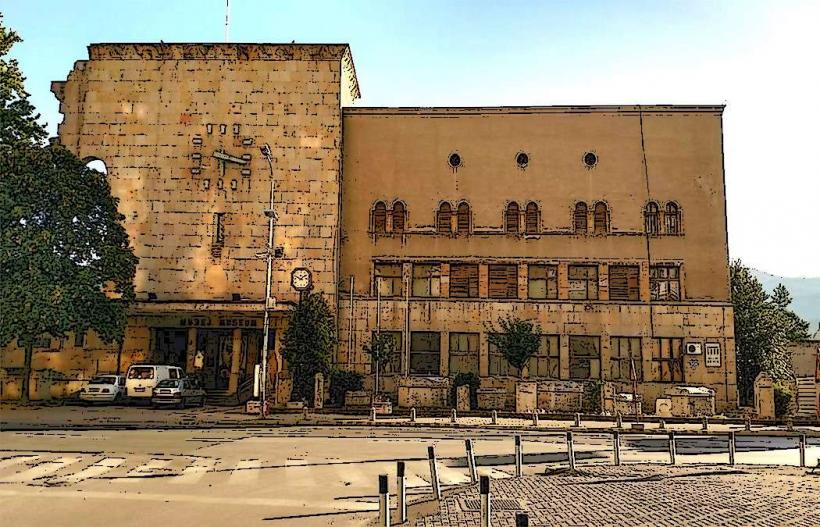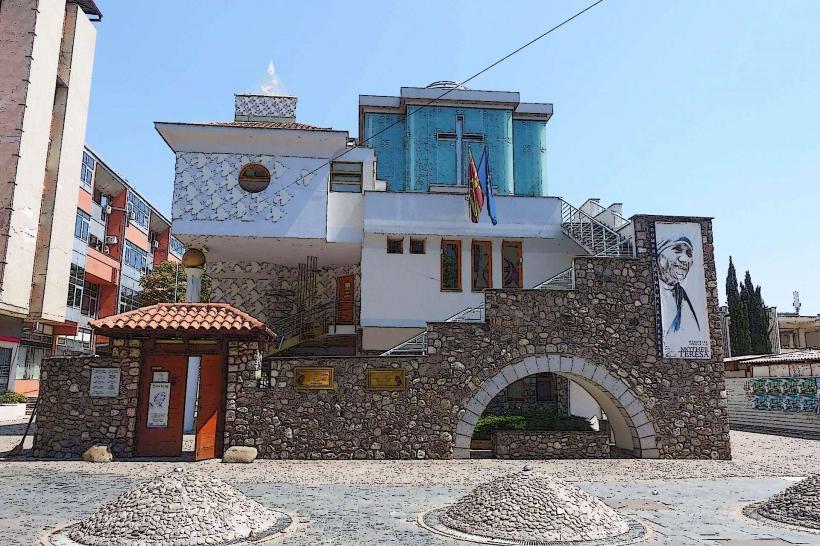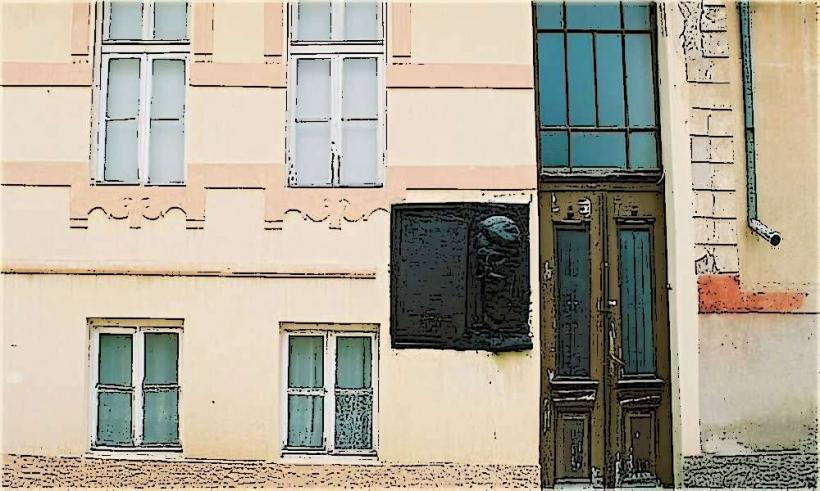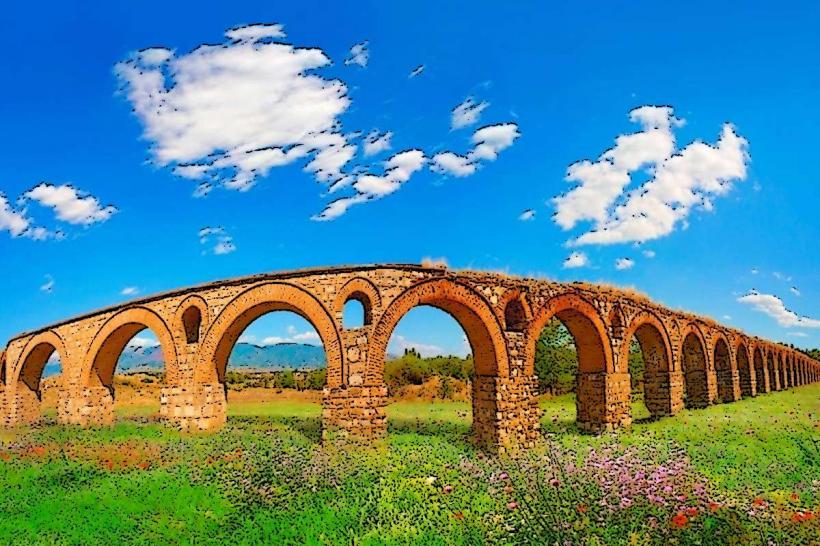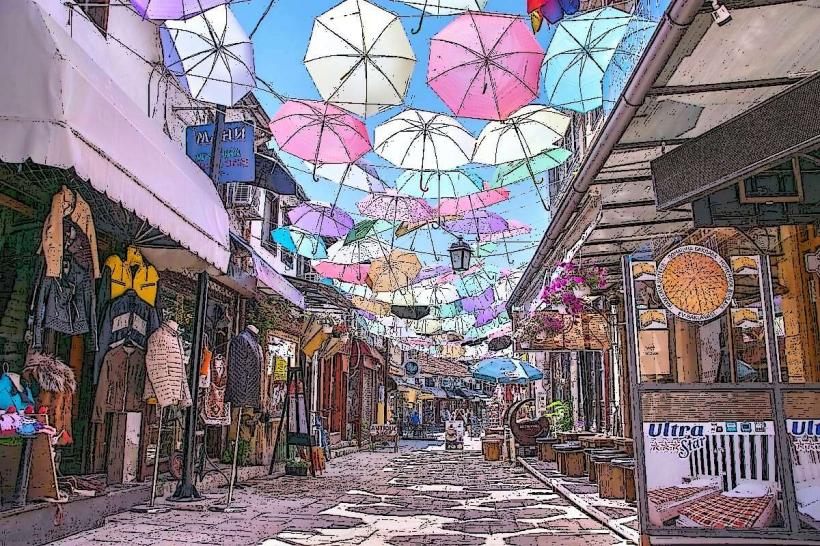Information
Landmark: Vardar RiverCity: Skopje
Country: North Macedonia
Continent: Europe
The Vardar River is the longest and most significant river in North Macedonia and a major geographical feature in the Balkans. It flows through North Macedonia and Greece, playing an essential role in the region's history, economy, and culture. The river has been central to the development of the area, with the surrounding cities, including Skopje and Veles, relying on it for water, transport, and as a source of life.
Overview
- Length: The Vardar River is approximately 388 kilometers long (241 miles), making it the longest river that flows entirely within North Macedonia. Its total course, including its path in Greece, reaches about 495 kilometers.
- Source: The river originates in the Shara Mountains in North Macedonia, near the town of Gostivar. The source lies at an elevation of about 1,100 meters (3,609 feet) above sea level.
- Mouth: The Vardar River empties into the Aegean Sea through the Struma River Delta in northern Greece. It passes through the city of Thessaloniki before reaching the sea.
- Drainage Basin: The Vardar's drainage basin covers a significant portion of North Macedonia, and it plays a vital role in the country’s hydrology and agriculture.
Geographic and Environmental Importance
Flow and Route:
The Vardar River flows in a southward direction, passing through Skopje, the capital of North Macedonia, and continuing towards the Greek border. It eventually enters Greece, where it flows towards Thessaloniki before reaching the Aegean Sea.
Tributaries:
The Vardar receives water from various tributaries, such as the Treska River, Lepenec River, and Crna River, which drain the surrounding mountain ranges and contribute to its flow.
Environmental Significance:
The river is a critical water source for agriculture, industry, and municipal water supply for the cities and towns along its route. It has also been important for the region's biodiversity, although its ecosystems face challenges from pollution and urbanization.
Economic and Cultural Significance
Historical Role:
Historically, the Vardar River has served as a critical trade and transportation route connecting the Aegean Sea with the interior of the Balkans. During the Ottoman Empire, the river was central to the movement of goods and people, and it played a role in the development of cities along its banks.
Urban Development:
Major cities such as Skopje, Veles, and Kumanovo have developed along the Vardar River, which has facilitated their economic growth by providing a reliable water source, transportation route, and fertile land for agriculture.
- Skopje: The river runs through the heart of the capital, and the city's development has been closely tied to the river's course. It has been central to Skopje's historical significance as a crossing point in the Balkans.
- Veles: Another important city on the river, known for its industrial activity, particularly in the textile sector, and its historical role in trade.
Hydroelectric Power:
The Vardar River is harnessed for hydroelectric power production. Several dams along its course contribute to the region’s energy supply, making it an essential resource for North Macedonia’s energy needs.
Recreational and Tourist Value
Riverbanks and Parks:
The banks of the Vardar are often developed into recreational spaces, with parks, promenades, and cycling paths along the river in cities like Skopje. The Vardar River Promenade in Skopje is a popular spot for locals and tourists to enjoy walks, exercise, and outdoor events.
Fishing and Boating:
The Vardar River is a spot for recreational fishing, with various fish species inhabiting its waters. Although not a major tourist attraction for water sports, it is occasionally used for boating and other activities.
Cultural Events:
The river and its surrounding areas are often venues for cultural events, such as festivals, concerts, and celebrations that take advantage of the scenic river views.
Challenges and Conservation
Pollution:
Like many rivers in the region, the Vardar River has faced challenges related to pollution. Industrial waste, urban runoff, and agricultural activities have led to concerns about the water quality and ecosystem health. Efforts have been made to improve water management and reduce pollution levels, but it remains an ongoing issue.
Hydrology and Climate Change:
Climate change poses potential risks to the river's flow and availability. Changes in rainfall patterns and temperature could affect the river’s seasonal flow, potentially impacting water availability for agriculture, industry, and municipal use.
Conservation Efforts:
Various initiatives are focused on preserving the biodiversity along the Vardar River, particularly the habitats of fish and bird species. International and local organizations have been involved in efforts to improve the river's ecosystem and ensure its sustainability for future generations.
Conclusion
The Vardar River is a central feature of North Macedonia's geography, history, and economy. It has shaped the development of major cities like Skopje and Veles and remains an essential natural resource for water, energy, and transportation. While it faces environmental challenges, the river continues to be an important symbol of the region’s connectivity, both historically and in the present day. As a place of natural beauty and historical significance, the Vardar River is a vital part of the cultural and ecological landscape of the Balkans.


